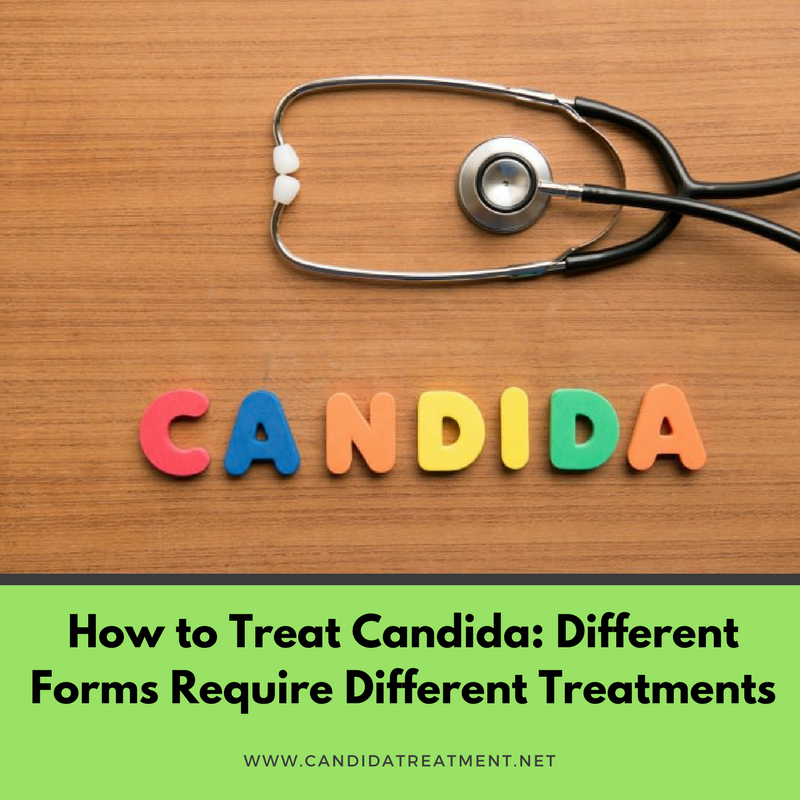
The most common cause of fungal infections is an overgrowth of Candida. An overgrowth of candida can give various degrees of problems and diseases. It can give you infections that range anywhere from mild, only affecting a few non-threatening areas to almost completely taking over the body and affecting the entire system. Being a problem with so many varying degrees of infections, there will be many various strategies and methods to treat it.
Below you'll find a few availiable forms of candida, and their various treatment methods.
Yeast Infections
Before you make a self diagnosis of yeast infections, I'd recommend going to a professional medical doctor. When you've done the simple test to see if you've got a yeast infection, the doctor may give you over the counter medications (OTC medication).
OTC medication for yeast infections usually come in pills, lotions or ointments. For the most part an ointment is inserted into the vagina and will help heal the yeast infection after a few days. Make sure to follow instructions of the label and you should see your infection clear up.
If your doctor thinks you need it, he may prescribe medications that can help much quicker.
If the root cause of your yeast infection is antibiotics it is recommended to finish the antibiotics first, or see if it's possible to stop in order to clear your system. Usually going off antibiotics will help clear up a yeast infection.
You should stay away from sexual activites if you have a yeast infection. Also try to make the air flow into your vaginal area, thus changing your underwear at least once a day will help a lot.
Thrush
Thrush is candida of the mouth or throat. Thrush will commonly appear in children. Adults with lowered immune systems, or taking medications can also get thrush. Most of the time, thrush will clear up on its own, without any special treatments. If you child is using a pacifier, try getting rid of that for a little while.
Another thing to try is to stop breastfeeding for a while. Definitely try it if the trush returns repeatedly.
A doctor may prescribe a topical steroid that can be rubbed on the area or swished in the mouth to treat the thrush and help get rid of the infection. It is best to see a doctor for treatment as there are several options of treatment and he/she will be able to determine which is best for you.
Prevention
The easiest way to help treating candida is prevention. Here's a few of the methods to ensure you run a much lower risk of getting this type of infection in the first place. One method is to eat yoghurt, which helps you increase the amount of bacteria that is helpful. Good bacteria. These live in your gut and can help reduce or eliminate candida. It's a good preventative technique. Having your 8 glasses of water each day will help you keep hydrated, which is one of the vital keys to prevent candida infections.
The #1 way to reduce candida overgrowth and prevent it from happening to you is to limit the amount of sugary foods you eat. It is commonly known that sugar feeds candida and helps it grow. A healthy diet is the BEST way to keep candida overgrowth infections at bay.
In addition, stress has been shown to cause candida infection. You should make sure to take time out of your busy life to relax and take care of yourself.
